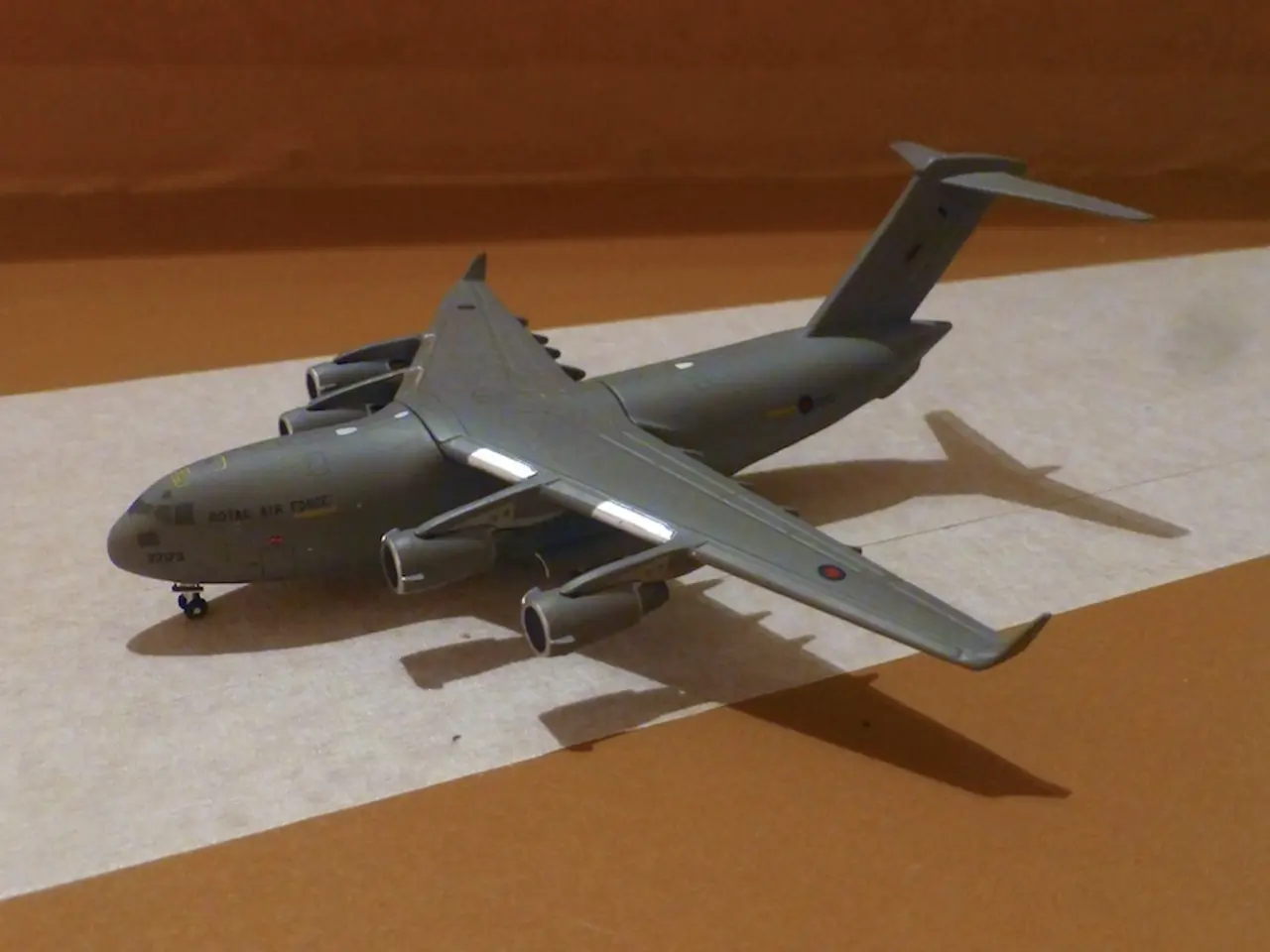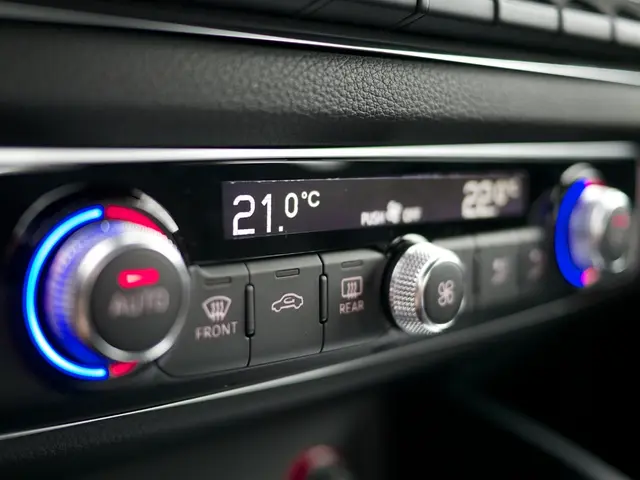"Examining the Past and Present of Unmanned Aerial Vehicles: A Side-by-Side Analysis"
Unmanned Aerial Vehicles (UAVs), commonly known as drones, have come a long way since their inception over a century ago. The roots of UAV technology can be traced back to the early 20th century, with the development of the Kettering Bug in 1918, a US-made prototype drone used in World War I.
During the Cold War, the use of UAVs expanded, with reconnaissance drones being developed for improved intelligence-gathering capabilities. The British Royal Navy, for instance, developed the Queen Bee, an early radio-controlled target drone in 1935.
The 1960s marked a significant leap in UAV development, particularly in the military sector, with the US military using drones for reconnaissance missions during the Vietnam War. Notable examples include the Ryan Model 147 Lightning Bug.
The digital revolution in the early 2000s paved the way for miniaturization and cost reduction of crucial components, laying the foundation for affordable, autonomous flight systems. This period saw the emergence of consumer drones, culminating in the release of the DJI Phantom in 2013, which revolutionized professional-grade aerial filming.
Today's drones are highly autonomous, performing complex tasks using AI and advanced algorithms. They are constructed from lightweight, durable materials like carbon fiber and composite polymers, and are often powered by electric motors and rechargeable lithium-ion batteries. Modern UAVs are equipped with advanced features like GPS navigation, artificial intelligence, and sensors, enabling them to execute pre-programmed flight paths, adapt to changing conditions, and make decisions in real time.
UAVs have become ubiquitous in civilian contexts, influencing industries and reshaping societal norms. In the military, they continue to be deployed for surveillance, reconnaissance, and tactical uses. In agriculture, drones assist in crop monitoring, precision spraying, and yield estimation. Logistics companies use drones for inventory management, package delivery, and medical supply drops in remote areas. The entertainment and media industries have been revolutionized by drones, with aerial photography and filming reaching new heights. Drones also play a crucial role in disaster relief and ecological monitoring, providing rapid assessment capabilities and environmental data collection.
The global drone market is rapidly expanding, driven by ongoing technological innovation and regulatory evolution. The future of UAV technology promises to revolutionize industries such as agriculture, logistics, and disaster response with unprecedented levels of efficiency and coordination. This includes the integration of swarm technology and urban air mobility (UAM) systems, as well as advancements in energy technology, such as solid-state batteries and renewable energy sources, enabling UAVs to achieve near-continuous flight. Companies are also leveraging innovations like micro harmonics filters for precision in high-frequency data transmission in specialized applications.
In summary, from early 20th-century military concepts to today’s multifunctional UAVs, drones have evolved into indispensable tools that transform operations in defense, agriculture, logistics, media, and beyond, reshaping industries through enhanced efficiency, automation, and precision.
Tech innovations have led to the miniaturization and affordability of drones, making it possible for consumers to own professional-grade gadgets like the DJI Phantom. These tech gadgets, or drones, are now equipped with advanced features such as AI, GPS navigation, and sensors, allowing them to perform complex tasks autonomously in various industries.








